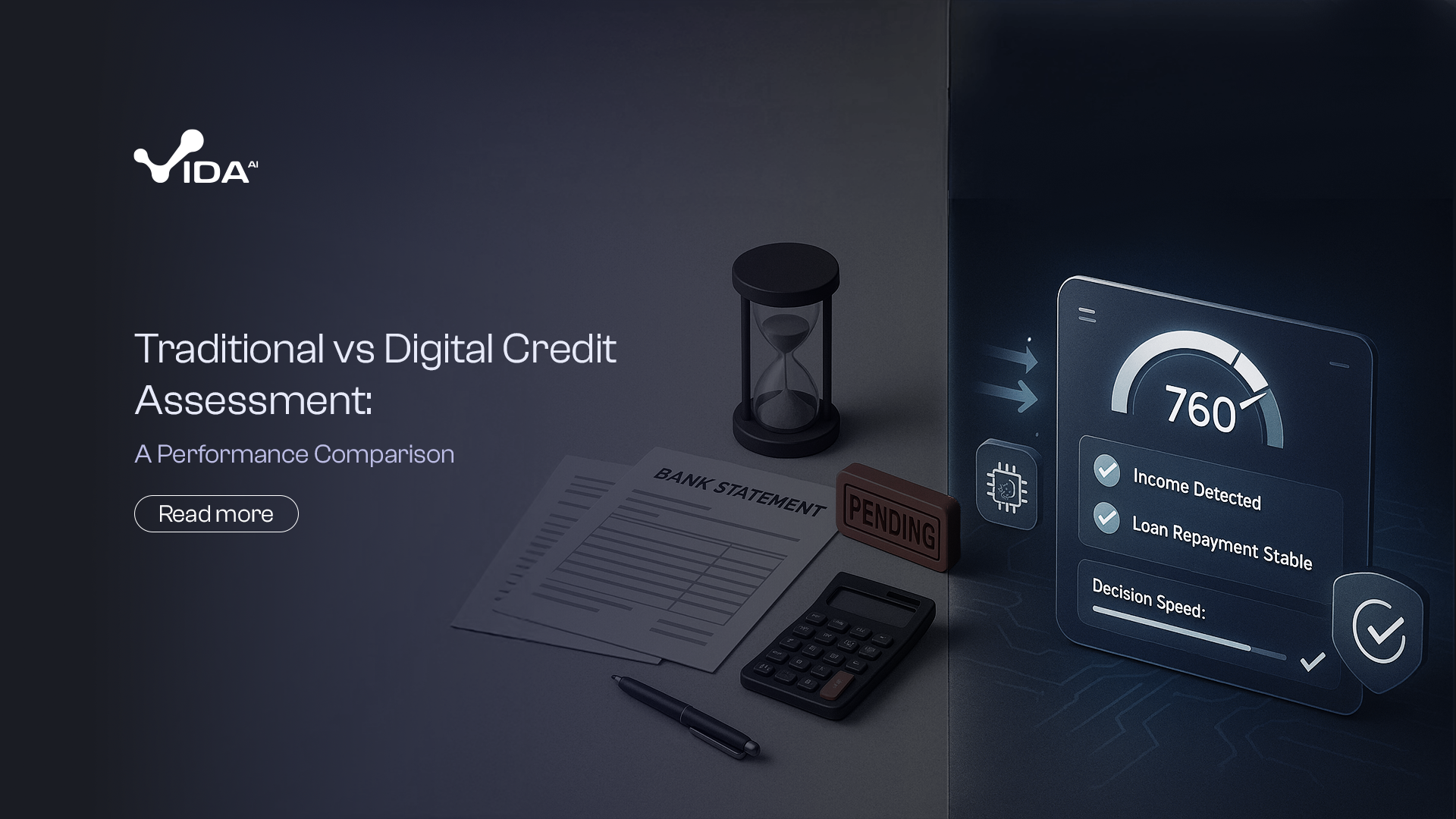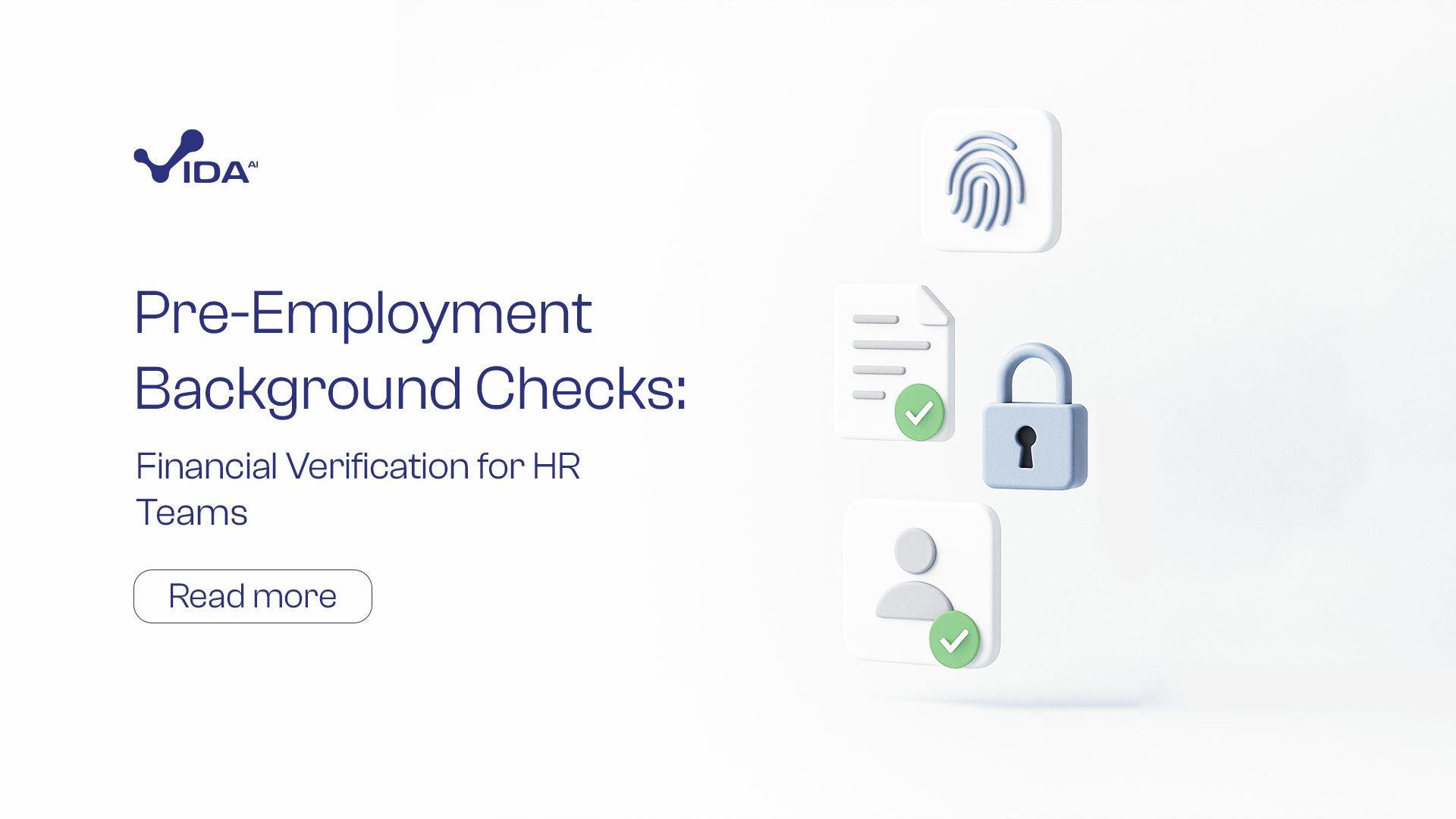back to Articles
Payroll Deduction vs Direct Debit: Choose the Best Loan Repayment Method

Eniayewu Josephine
Content Writer
Repayment method selection fundamentally impacts loan performance, customer satisfaction, and operational efficiency. The choice between payroll deduction and direct debit affects default rates, collection costs, and borrower experience in ways that compound over loan lifecycles. Understanding the comparative advantages, implementation requirements, and optimization strategies for each approach enables lenders to maximize portfolio performance while meeting diverse borrower needs.
Understanding Payroll Deduction Systems
Payroll deduction automatically removes loan payments from borrower paychecks before funds reach personal bank accounts. This method creates payment priority that reduces default risk while providing predictable cash flow for lenders and simplified budgeting for borrowers.
Employer partnerships enable payroll deduction implementation through established payroll processing systems. These relationships require legal agreements, technical integration, and ongoing administrative coordination that create operational complexity but deliver superior collection performance.
Payment timing aligns with income receipt, ensuring funds availability when deductions occur. Unlike other collection methods that depend on borrower bank account balances, payroll deduction captures payments at income source before competing financial obligations.
Regulatory frameworks vary by jurisdiction and employment type, with some locations restricting payroll deduction amounts or requiring specific disclosure procedures. Federal employees and military personnel often have different rules than private sector workers.
Direct Debit Mechanisms and Benefits
Direct debit systems automatically withdraw loan payments from borrower bank accounts on predetermined dates. This approach offers flexibility in payment timing while reducing manual payment processing costs and improving collection efficiency.
Bank account control enables borrowers to manage payment timing within agreed parameters while maintaining automatic processing benefits. Payment dates can align with income receipt patterns or other financial obligations to optimize cash flow management.
Broader applicability makes direct debit suitable for all borrower employment types, including self-employed individuals, contractors, and those with irregular income patterns who cannot access payroll deduction options.
Lower implementation barriers allow rapid deployment without employer partnerships or complex integration requirements. Standard banking infrastructure supports direct debit processing with minimal technical development needs.
Performance Comparison: Default Rates and Collection Efficiency
Default rate analysis consistently shows payroll deduction superiority in preventing missed payments and loan defaults. Industry data indicates 20-35% lower default rates for payroll deduction compared to direct debit arrangements.
Payment consistency proves higher with payroll deduction due to income source interception that eliminates insufficient funds issues. Direct debit systems face bank account balance variability that can cause payment failures despite borrower willingness to pay.
Early intervention capabilities differ significantly between methods. Payroll deduction problems typically indicate employment changes requiring immediate attention, while direct debit failures may result from temporary cash flow issues or bank account problems.
Recovery rates for defaulted loans often favor payroll deduction portfolios due to continued employment verification and established employer relationships that facilitate communication and resolution.
Customer Experience and Satisfaction Factors
Convenience ratings generally favor both automated methods over manual payments, but borrower preferences vary based on personal financial management styles and employment stability. Some borrowers prefer payroll deduction simplicity, while others value direct debit flexibility.
Budgeting impact differs between methods, with payroll deduction providing fixed take-home pay amounts that simplify financial planning. Direct debit requires borrowers to manage payment timing relative to income receipt and other expenses.
Privacy considerations may influence borrower preference, as payroll deduction requires employer awareness of loan obligations while direct debit maintains privacy between borrower and lender exclusively.
Control perception varies, with some borrowers appreciating payroll deduction automation while others prefer direct debit's account-based management that feels more controllable despite automatic processing.
Implementation Requirements and Costs
Payroll deduction implementation requires employer partnership development, legal agreement negotiation, and technical integration with payroll systems. These upfront investments create ongoing operational value but require significant initial resources.
Technology integration costs vary dramatically based on employer payroll systems and existing capabilities. Large employers with sophisticated systems may enable straightforward integration, while smaller employers might require custom development.
Ongoing administration includes employer relationship management, payroll system updates, employee status monitoring, and compliance maintenance that creates operational overhead throughout loan lifecycles.
Direct debit implementation leverages existing banking infrastructure with lower setup costs and faster deployment timelines. Standard ACH processing capabilities require minimal custom development while providing reliable payment processing.
Risk Management and Mitigation Strategies
Employment change risk affects payroll deduction exclusively, as job loss or employer changes disrupt automatic payment processing. Monitoring systems must detect employment changes quickly to prevent collection disruptions.
Bank account risk impacts direct debit systems when borrowers close accounts, change banks, or maintain insufficient balances. Account monitoring and backup payment methods help mitigate these risks effectively.
Fraud prevention differs between methods, with payroll deduction offering inherent identity verification through employment confirmation while direct debit requires separate identity and bank account verification procedures.
Backup payment systems prove essential for both methods to handle disruptions. Secondary collection methods ensure continued payment processing when primary systems fail or change.
Legal and Regulatory Considerations
Wage garnishment regulations may limit payroll deduction amounts or implementation procedures in some jurisdictions. State and federal laws governing wage assignments require careful compliance monitoring and documentation.
Banking regulations affect direct debit processing through ACH rules, consumer protection requirements, and dispute resolution procedures that create operational obligations and potential liability exposure.
Consumer protection laws address both payment methods with disclosure requirements, cancellation procedures, and error resolution processes that must be incorporated into system design and customer service procedures.
Employment law implications for payroll deduction include potential impacts on employer-employee relationships and workplace regulations that may restrict or complicate implementation in certain industries or jurisdictions.
Optimization Strategies for Each Method
Payroll deduction optimization focuses on employer relationship development, integration efficiency improvement, and employee communication enhancement. Strong employer partnerships enable smoother operations and better borrower experiences.
Payment timing optimization aligns deduction dates with pay periods to maximize success rates while minimizing borrower financial disruption. Coordination with employers ensures optimal scheduling that benefits all parties.
Direct debit optimization emphasizes account verification accuracy, payment date selection, and failure recovery procedures. Advanced analytics identify optimal payment timing based on individual borrower cash flow patterns.
Communication strategies differ between methods, with payroll deduction requiring employer coordination while direct debit enables direct borrower communication for payment management and problem resolution.
Hybrid Approaches and Flexibility
Combination strategies enable borrowers to choose preferred payment methods based on employment status, personal preferences, and financial circumstances. Offering multiple options increases market reach while optimizing collection performance.
Migration pathways between payment methods accommodate changing borrower circumstances, such as job changes, employer policy modifications, or personal preference evolution. Flexible systems maintain payment continuity through transitions.
Employer program expansion gradually increases payroll deduction availability through strategic partnership development and system integration improvements. Growing employer networks create competitive advantages over time.
Technology platforms supporting multiple payment methods require sophisticated system architecture but provide operational flexibility and customer satisfaction benefits that justify implementation complexity.
Future Trends in Payment Processing
Real-time payment systems enable more flexible timing and immediate confirmation that may bridge gaps between payroll deduction and direct debit approaches. Instant processing capabilities could transform collection efficiency significantly.
Open banking initiatives may provide enhanced bank account verification and balance monitoring that improves direct debit success rates while reducing fraud risks. API connectivity enables more sophisticated payment management.
Blockchain technology could enable smart contracts that automatically execute payments based on predetermined conditions, potentially revolutionizing both payroll deduction and direct debit processing through enhanced security and transparency.
Mobile payment integration increasingly influences borrower expectations and preferences. Seamless mobile experiences for payment management and communication become essential for customer satisfaction across all payment methods.
The choice between payroll deduction and direct debit significantly impacts lending portfolio performance, requiring careful analysis of borrower demographics, operational capabilities, and strategic objectives. Successful lenders often implement both methods strategically to optimize collection performance while meeting diverse customer needs and market opportunities.
Get Started to implement the best-fit repayment method for your lending model.

